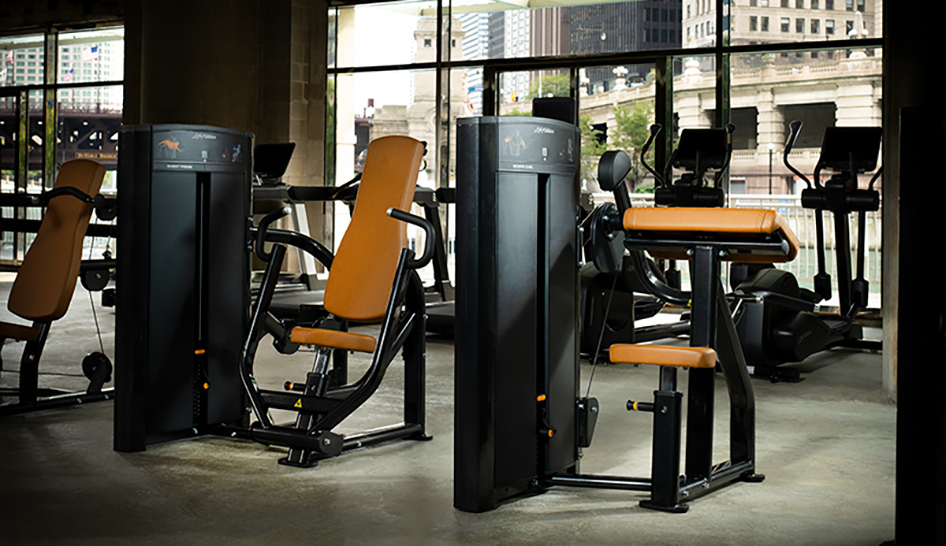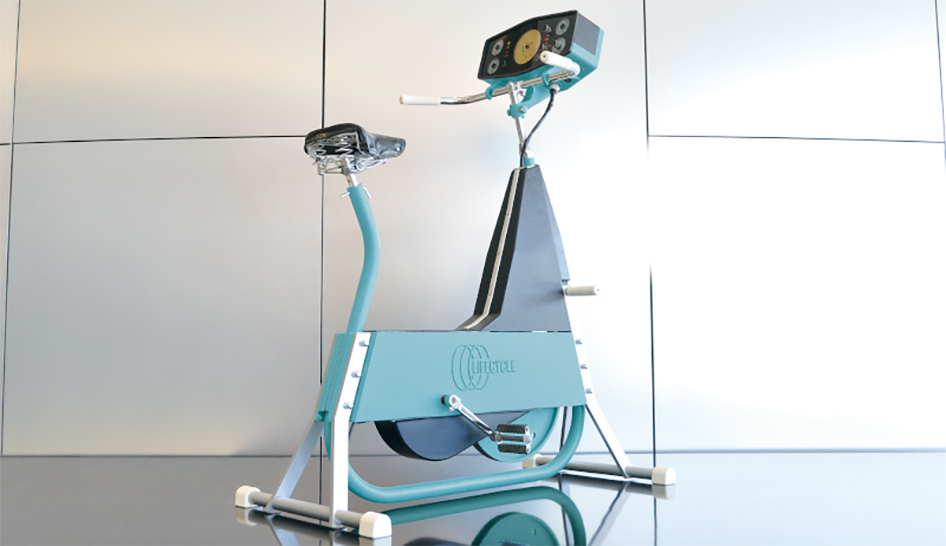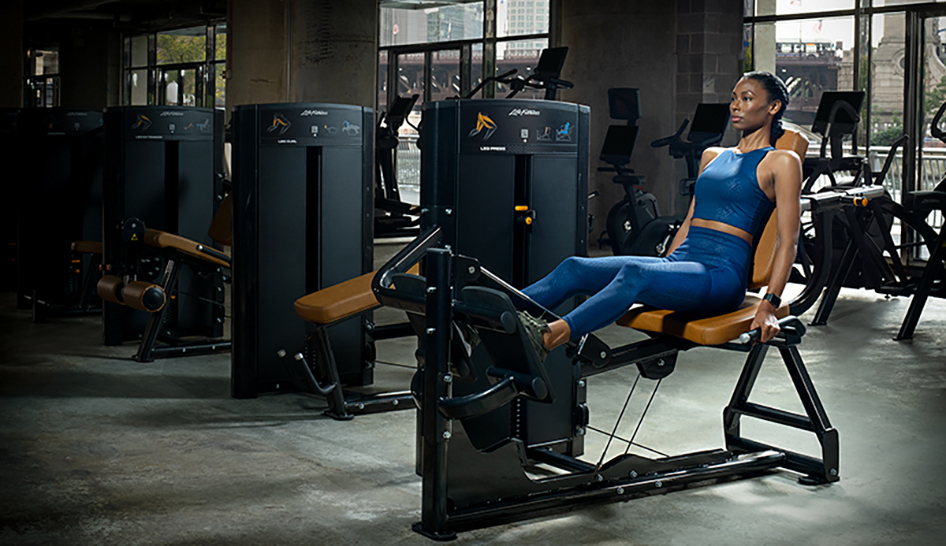“In 1977, the Lifecycle was approaching 10 years in the market, yet in its second evolution it was still very much a cutting-edge product that many clubs were just seeing for the first time,” he said. “I believe the Lifecycle launched the industry’s love affair with computer-controlled cardiovascular products that ultimately expanded what had been predominately a barbell and dumbbell gym business into what we know today to be an incredibly diverse fitness industry.”
In 1970, Arthur Jones introduced the Nautilus Blue Monster, a variable-resistance cable machine featuring nautilus-shell-shaped cams. His goal was to offer an alternative to free weights, so that bodybuilders and non-bodybuilders alike had an easier, safer weightlifting option.
There are a range of other firsts, such as resistance bands in the 1980s, the first stairclimber in the mid-’80s, and ellipticals in the ’90s. What these developments all have in common is that they were driven by a combination of innovation and exercisers’ desires to find new and different ways to work out.
“Finding and meeting unmet needs is what makes the equipment side of the industry grow,” Nieto said. “Product evolution is table stakes as it’s expected that everything improves over time. However, understanding ‘need’ and delivering solutions that are valued is how products can captivate the market.”
Strength Training Equipment Grows Up
Strength training and strength training equipment, in particular, have evolved greatly during the past 50 years.
“The main factor driving the growth of strength training over the years from being just ‘strongman’ training in the basement to becoming a critical component of everyone’s training regimen, is the increasing knowledge that a person’s strength is a fundamental pillar of overall health,” says John Lindemeier, product director at Life Fitness. “Our goal is to design strength training equipment that appeals to and meets the needs of this very broad demographic.”
In answering that growing need, he outlines some key strength trends that have spurred market and equipment development over the past 50 years.
- 1970s—Nautilus establishes single-station, selectorized machines as a more convenient way to strength train, helping to expand the appeal of strength training to a broader audience.
- 1980s—“This decade saw the emergence of numerous strength-specific brands with a focus on both selectorized and free-weight benches,” says Lindemeier. “Notably, in 1987, Life Fitness enters the strength market with the introduction of the first electronic strength resistance line, called Life Circuit.”
- 1990s—Cybex comes to prominence based on its focus on biomechanics, ease of use, and user size adjustability. “You also see strength brands consolidating with cardio brands,” he adds. “At this point, Life Fitness enters the traditional strength business with the introduction with Life Fitness strength and the purchase of Hammer Strength.”
- 2000s—Strength areas expand in size and diversity, adding emphasis on cable stations and plate-loaded machines. We begin to see an increased focus on aesthetics to lower the intimidation factor and attract more users to strength training.
- 2010—Strength space and training options increase. “We see functional training spaces growing, with an emphasis on accessory training and a renewed focus on the roots of strength training with Olympic lifts on racks and free weights, especially dumbbells,” says Lindemeier.
The latest strength equipment from Life Fitness is the Axiom Series. It features 10 single-exercise and eight dual-exercise selectorized machines, one dual adjustable pulley, and 12 benches and racks.


